Rising Demand in Telecommunications
The Radio Frequency Signal Generator Market is significantly influenced by the rising demand in the telecommunications sector. As mobile communication technologies evolve, the need for reliable and efficient RF signal generators becomes paramount. The proliferation of 5G networks necessitates advanced testing equipment to ensure optimal performance and compliance with stringent standards. Market data suggests that the telecommunications segment accounts for a substantial share of the RF signal generator market, driven by the need for high-frequency testing and validation. This trend is expected to continue, with investments in telecommunications infrastructure likely to bolster the demand for RF signal generators, thereby enhancing the overall market landscape.
Focus on Miniaturization and Portability
The Radio Frequency Signal Generator Market is witnessing a notable trend towards miniaturization and portability of devices. As industries seek more compact and versatile testing solutions, manufacturers are developing smaller, lightweight RF signal generators without compromising performance. This shift is particularly relevant in sectors such as aerospace and defense, where space and weight constraints are critical. The demand for portable RF signal generators is expected to rise, as they facilitate on-site testing and enhance operational efficiency. Market analysis indicates that the miniaturization trend could lead to a significant increase in market penetration, appealing to a broader range of applications and users.
Growing Adoption in Automotive Applications
The Radio Frequency Signal Generator Market is experiencing growing adoption in automotive applications, particularly with the rise of connected vehicles and advanced driver-assistance systems (ADAS). As automotive manufacturers integrate more sophisticated electronic systems, the need for precise RF signal generation becomes critical for testing and validation purposes. The market for RF signal generators in the automotive sector is expected to expand, driven by the increasing complexity of vehicle communication systems and the demand for reliable testing equipment. Data suggests that this segment could witness a robust growth trajectory, reflecting the broader trend of technological integration within the automotive industry.
Increased Investment in Research and Development
The Radio Frequency Signal Generator Market is benefiting from increased investment in research and development (R&D) across various sectors. Organizations are allocating substantial resources to innovate and enhance RF signal generation technologies, aiming to meet the evolving needs of industries such as automotive, healthcare, and consumer electronics. This focus on R&D is likely to result in the introduction of advanced features, improved accuracy, and enhanced user interfaces in RF signal generators. Market data indicates that R&D investments are projected to rise, potentially leading to breakthroughs that could redefine the capabilities of RF signal generators and expand their applications.
Technological Advancements in RF Signal Generators
The Radio Frequency Signal Generator Market is experiencing a surge in technological advancements, which are enhancing the capabilities and performance of these devices. Innovations such as software-defined radio (SDR) technology allow for greater flexibility and precision in signal generation. Furthermore, the integration of advanced modulation techniques and improved frequency stability is driving the demand for RF signal generators across various applications. According to recent data, the market for RF signal generators is projected to grow at a compound annual growth rate (CAGR) of approximately 6.5% over the next five years. This growth is indicative of the increasing reliance on sophisticated testing and measurement equipment in sectors such as telecommunications, aerospace, and defense.

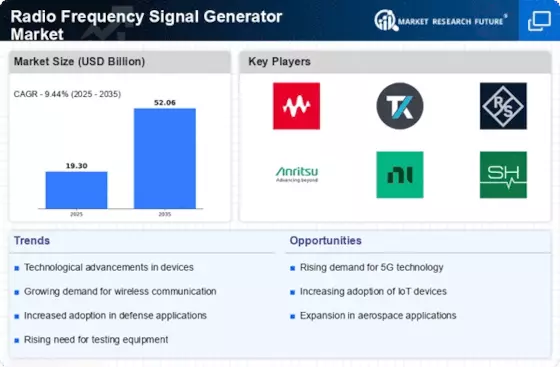
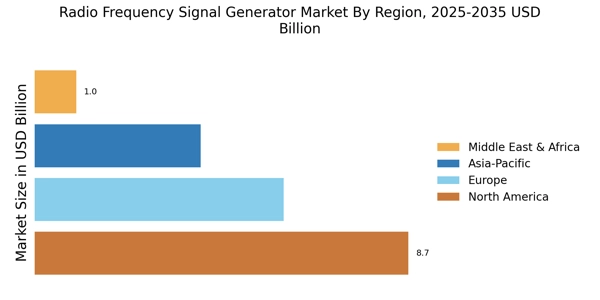

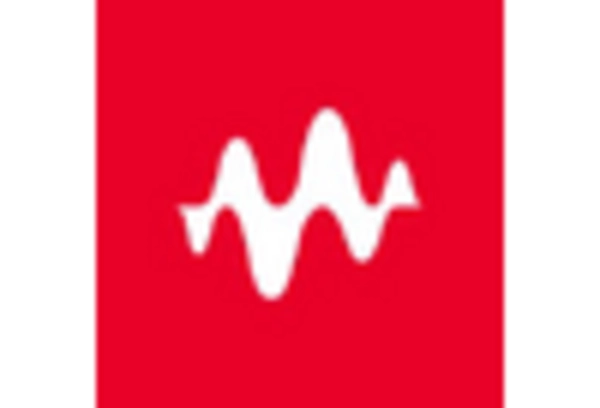
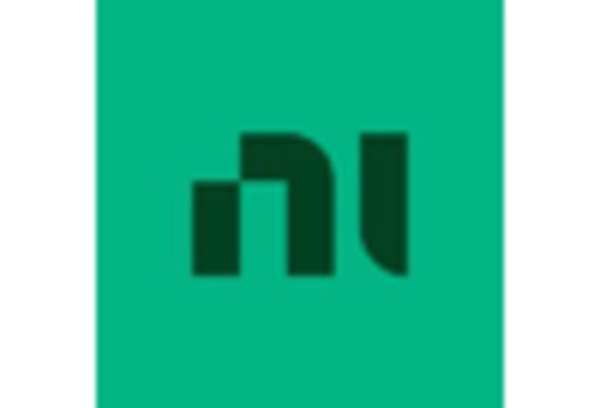
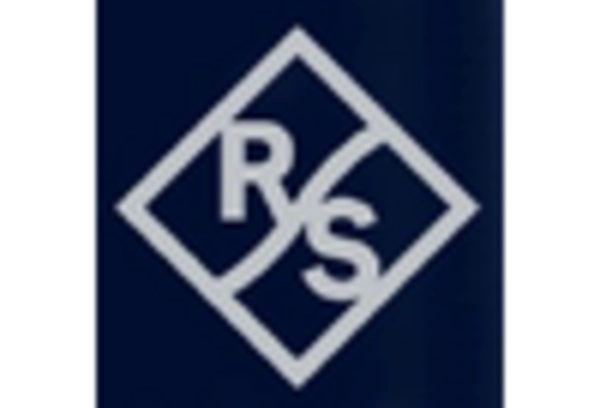
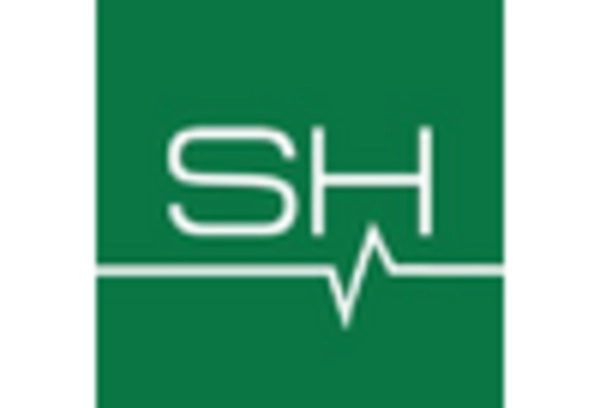









Leave a Comment